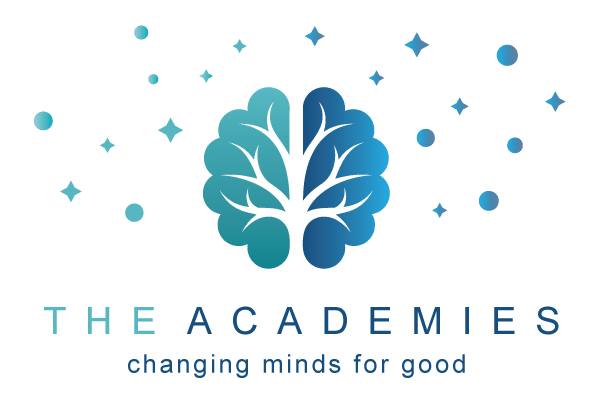The Neuroscience Supporting ICF Core Competency #8, “Facilitates Client Growth”
Coaching fuels growth, and growth brings change—the reason that any client comes for coaching.
This article completes our series on the neuroscience behind the ICF core competencies. We focus on ICF #8, Facilitates Client Growth—overviewing how the coach’s Red Zone vs Blue Zone physiological states impact growth, exploring neuroscience concepts such as the neural circuit and role of neuroplasticity in developing new perspectives and behaviors, and concluding with practical coaching tips for facilitating client growth.
Growth is the derivative of awareness, insight, and learning. For more on these precursors, see our article on the neuroscience supporting ICF #7, Evokes Awareness. Once awareness is generated, coaches support clients to consolidate new awareness into their identity and actions.
Growth: Learning Applied
ICF Core Competency #8, Facilitates Client Growth, is defined as:
Partners with the client to transform learning and insight into action.
Promotes client autonomy in the coaching process.
To support client growth, we can leverage this core concept:
Growth reorganizes neural connections,
embedding client learning into
who they are and how they live
The coach’s ability to support growth is influenced by their own biological state.
Growth: Red Zone vs. Blue Zone
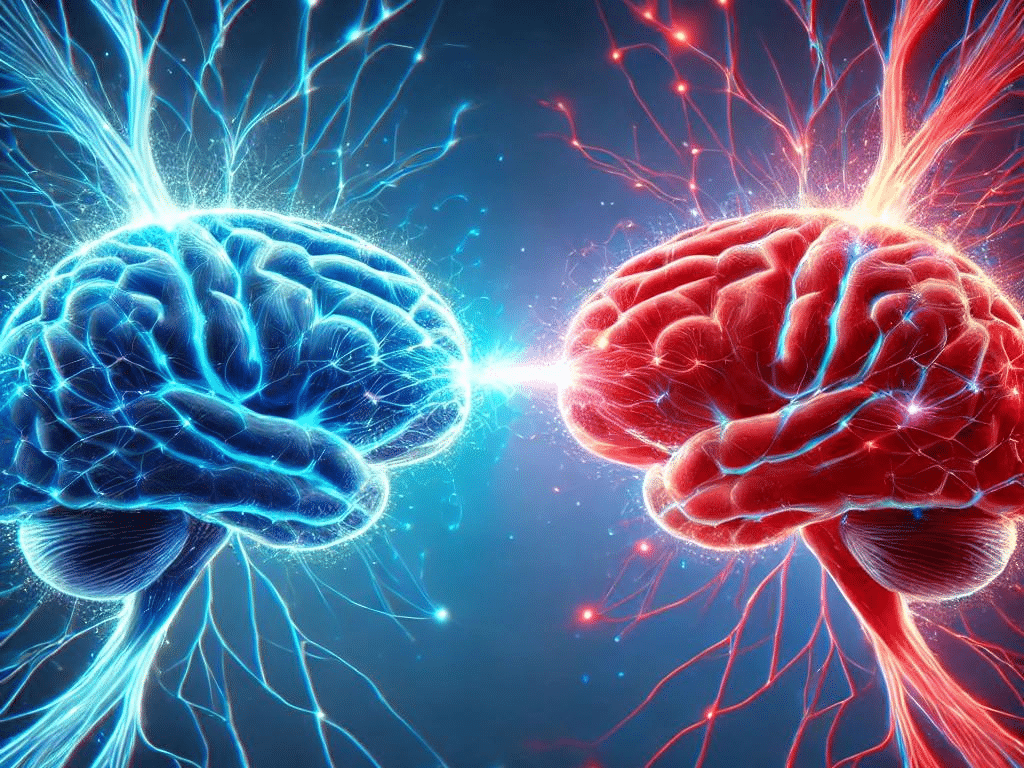
Client growth is deeply affected by the coach’s biological state of Red Zone or Blue Zone.
Learning: Jumping to WHAT & HOW-TO vs. Deepening WHO Insights
-
- Red Zone
Acknowledgment of learning may be absent when a coach is in a Red Zone state. For example, the coach might omit, forget, or discount the importance of inviting the client to articulate learning from the session.In addition, Red Zone states typically lead the coach to explore client actions that are “what” or “how-to” focused. For example, as an action step, the client decides to commit to having a difficult conversation with a boss who has historically been demeaning. With a focus on what/how-to, the coach may hone in on a checklist of details, such as when the client plans to have the conversation, what the client will say, and how the client will hold themselves accountable for having the conversation. Although this type of exploration can yield progress, it may be surface-level or unsustainable if the discussion of the client’s “who” is absent.
- Blue Zone
- In the Blue Zone, growth is grounded in learning. The coach is intentional about inviting the client to summarize insights about self and/or situation from the session, or the coach acknowledges the client’s self-initiated expressions of learning.
With Blue Zone biology, the coach is attuned and confident to explore the “who” of the client, which is sometimes less comfortable territory for the client. This supports the client to change or deepen beliefs about their empowered identity and expanded perspectives on the world. Articulation of the meaningfulness of the client’s learning also reinforces the neuroplasticity associated with new beliefs and perceptions.
Revisiting the example above, where the client committed to a difficult conversation with their boss, in addition to how-to details, in the Blue Zone the “who” will more deeply be part of the conversation. This allows the client to consider new beliefs or perceptions about their identity or situation. For example, perhaps they are learning to see themself as someone who is able to speak their opinion despite the boss’ behavior. Or, perhaps they are now open to considering that the boss’ demeaning behavior is less about the client’s value as a team member and more about the organizational systems influencing the boss.
- Red Zone
Coach-directed vs Client-owned
-
- Red Zone
Coaching in a Red Zone state contracts opportunities for client growth. When coaches are in this biological state, their breadth of awareness and curiosity narrows, which in turn limits possibilities for the client. A variety of ineffective behaviors may be present when a coach operates in the Red Zone. The coach might short-change time spent exploring actions, which limits the client’s ability to anchor new awareness through new neural connections. Or, the coach may be suggesting actions that are not client-authored, which robs the client of choice, agency, and ownership.
- Blue Zone
- Red Zone
- When in a Blue Zone state, coaches display client-centered curiosity about how the client will experiment with their new learning, whether through reflection, actions, or new ways of being. Although the coach supports the client to think through what and how the client will integrate learning, this exploration is done in partnership with the client. With Blue Zone biology, the coach demonstrates ease, curiosity, and confidence that the client is wise, resourceful, and capable of experimenting and consolidating their new learning.
Formulaic/Contracted vs Flexible/Spacious
-
- Red Zone
In a Red Zone state, the coach is likely to be formulaic, tightly adhering to generic questions and mentally ticking boxes that display various skills learned from coach training. To be clear, when coaches are first learning, conversations may feel somewhat generic or disjointed until the brain reinforces the neuroplasticity that creates familiarity and flexibility in coaching. And, once coaches become more experienced, they may find themselves regressing to formulaic questions if their body biology is in a contracted Red Zone state.
- Blue Zone
- With Blue Zone biology, the coach demonstrates flexibility, creating space in the conversation to dance between awareness and action that includes both the “who” and the “what”/”how-to”. The coach’s questions and observations build from what the client has shared, and are delivered in a manner that allows the client to accept, reject, explore, or form new associations, all in service of the client’s learning. The coach remains present, open, and curious to whatever strong emotions, thoughts, or experiences the client may share, working with the information as potential neural pathways for growth.
- Red Zone
The Neuro Nuggets of Growth
As we dig deeper into the neuroscience of growth, we’ll explore two key concepts: the neural circuit for growth and neuroplasticity.
Neural Circuit for Growth
There is one neural circuit involved in developing new perceptions or behaviors. A neural circuit is a collection of brain areas that act in sequence.
The brain areas involved in developing new behaviors include:
- Amygdala: Associated with fear and anxiety, the amygdala helps motivate action by anticipating potential failures, such as avoiding embarrassment or loss of income. For example, “What do you want to avoid happening?” or “What do you want to make happen instead?”
- Ventral Striatum (part of basal ganglia): This area of the brain both initiates or prevents actions, often referred to as “go, no-go.” This relates to the many things we say “yes” or “no” to. For example, “I will get to the gym” or “I won’t eat that piece of candy.”
- Lateral Prefrontal Cortex: Handles executive brain functions like planning and thinking across different time scales, such as the present state and the desired, future state. For example, identifying where we currently are and where we want to be, and how we will get there.
- Orbitofrontal Cortex: Connects emotions with current progress and compares emotional states between present state and goal achievement. For example, the ability to experience the feelings associated with where we are currently in relation to a goal and where we want to be.
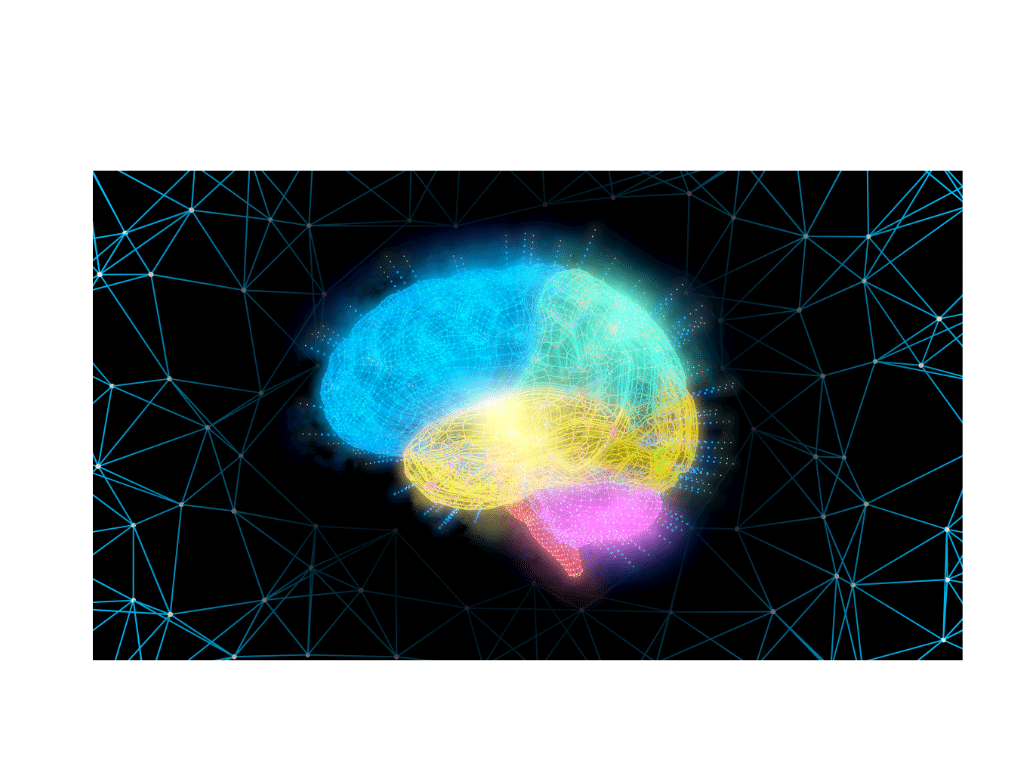
These areas work together to assess the value of the desired new way of thinking or behaving, determine which actions to take or avoid to achieve the desired state, and provide motivation through the dopamine system. Whether the desired state is a new leadership behavior, a different communication practice, or a fitness goal, the same neural circuit is engaged.
Neuroplasticity
“Neuroplasticity underlies all forms of learning.” ~ Andrew Huberman
Neuroplasticity is the brain’s ability to change in response to experience—reorganizing the connections in the brain, nervous system, and body. In our article on ICF #2, Embodies a Coaching Mindset, we go into depth about neuroplasticity. To support neuroplasticity, consider these concepts:
Clear and Specific Focus
Narrowing what we focus on supports the neuroplasticity necessary for new behaviors. One research study, aptly titled “Keeping Your Eyes on the Prize” showed that narrowing visual attention on an external focus (e.g., the goal line when walking for exercise) helped participants walking with leg weights to reach their goal 23% quicker and with 17% less perceived effort than those who were encouraged to have a broader focus (e.g., looking at peripheral items such as people, trees, and other items in addition to a goal line). Two things stand out from this study:
- First, the participants who had greater success were supported by having clear focus on one thing (they avoided visual multitasking)! Focus supports neuroplasticity.
For example, focusing on a finish line cues up neural activity and blood flow to brain regions orchestrating movement while synaptic plasticity strengthens neural connections that underlie new behaviors and beliefs (such as exercise and an empowered mindset). - Second, the emphasis on an external focus (and not an internal visualization) suggests that coaches might also invite the client to consider a material representation of the goal to make a mental focus concrete. For example, focusing on a “courage stone” on one’s desk prior to speaking up in meetings or holding a physical compass to concentrate on how to navigate conflict.
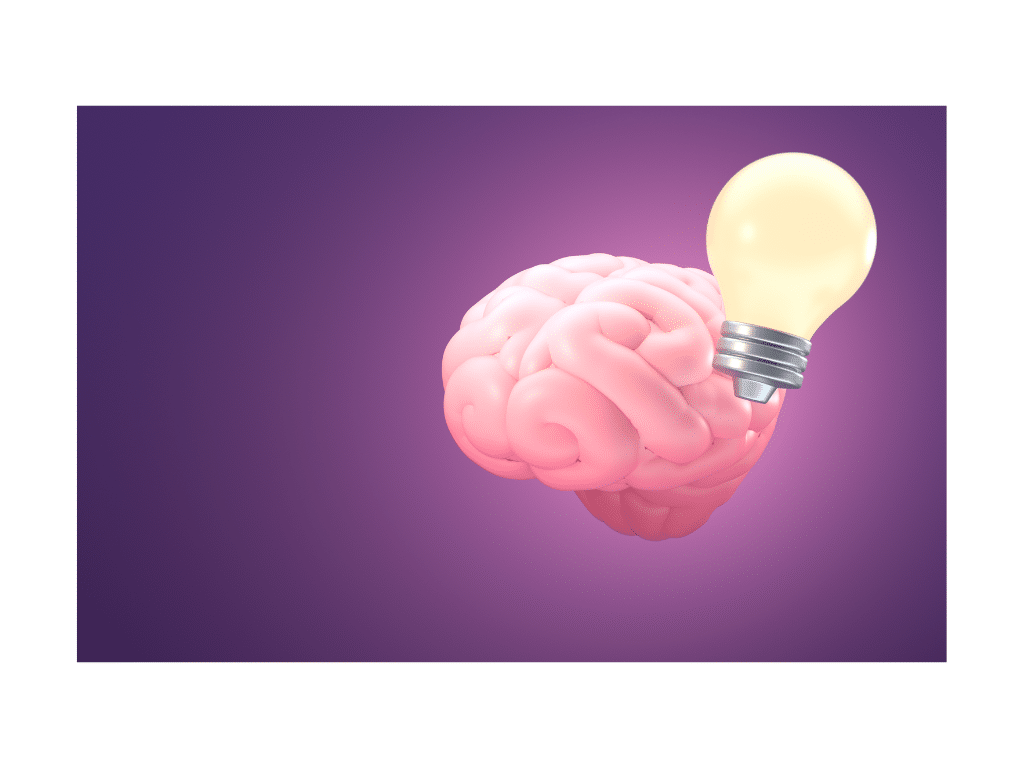
Repetition Anchors Learning and Reduces Uncertainty
The degree of repetition given to a particular mental experience or behavioral action also influences neuroplasticity. Repetition has an added benefit of reducing uncertainty. The repetition process starts in the coaching session when the coach and client partner on how to apply learning, and is repeated between sessions when the client experiments and practices new ways of being.
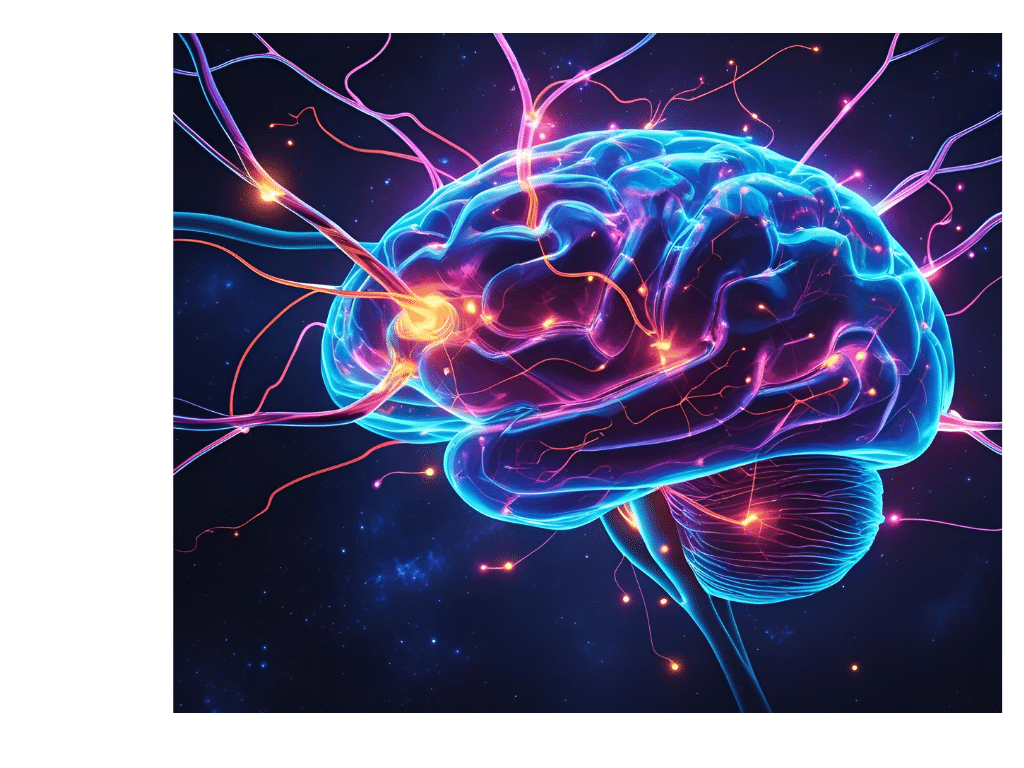
Research psychiatrist Jeffrey M. Schwartz explains that when there is sufficient focus over time, proper brain circuitry “can be held in place in a stable dynamic way.” Mammal studies show neural connections strengthening over the course of just a few hours of repeated activity. On a concrete level, myeline sheaths begin to surround the connections that are repeatedly used, increasing the speed and transmission of electrical nerve signals and serving as a superhighway to access learned behaviors. Myelination is activity-dependent–-the more we rehearse, the greater the myelination. This is the underlying physiological mechanism that contributes to what we commonly call “muscle memory.” Familiar behaviors, such as brushing your teeth with a dominant hand or driving the same daily commute, rely on muscle memory.
Familiarity reduces uncertainty. Repeated actions lessen the brain’s prediction errors, the difference between what your brain expected to happen and what actually happened. As the brain begins to predict accurately the how to’s of, say, brushing teeth or driving to work, familiarity increases and uncertainty decreases. With repetition, behaviors reach automaticity or routinization, where working memory is no longer required and tasks can be performed efficiently and effortlessly.
Self-Reinforcing Energy
Goal-oriented progress triggers the release of dopamine and other neurochemicals in the brain, creating a link between success and pleasure. Dopamine, a key neurotransmitter, creates a self-reinforcing energy, as feeling good energizes us to do more of the same. This neurochemical state in the brain-body supports momentum and helps sustain attention on behavioral goals.
In addition, the more we practice a behavior, the more embedded it becomes. The neural circuits associated with the behavior get stronger. Conversely, the less we do something, those circuits actually get snipped while we sleep, which makes them weaker. The “use it or lose it” phrase has a neurobiological basis.

The 85:15 Rule: Failure Benefits Learning
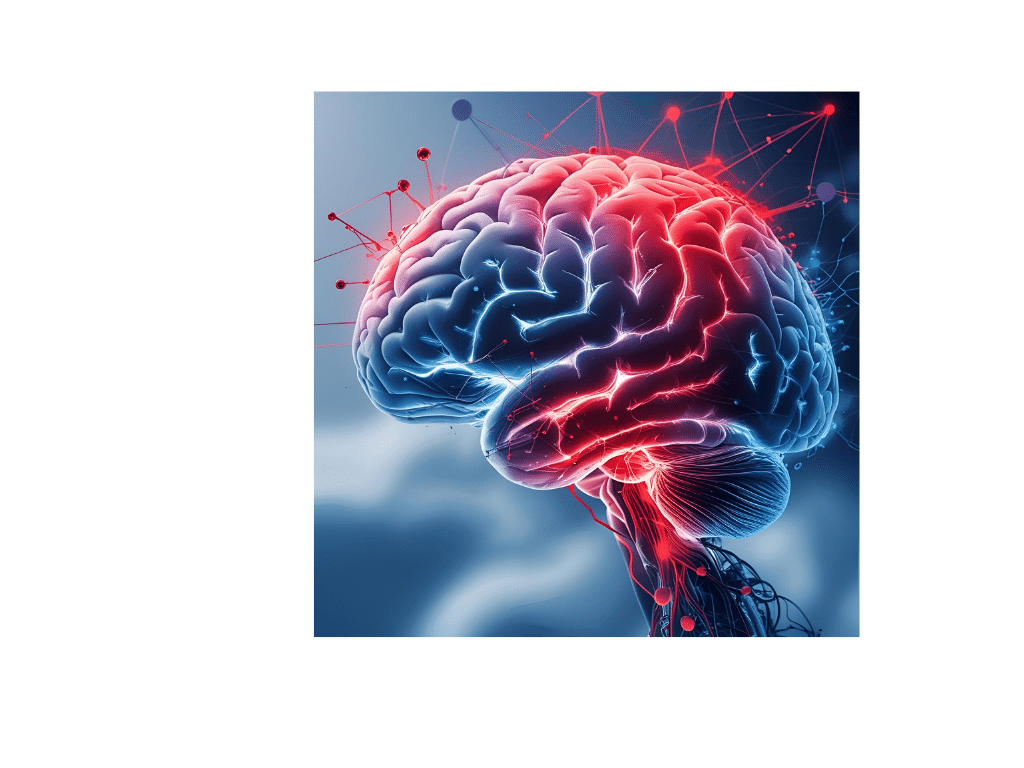
As it relates to learning and growth, neuroplasticity is benefitted by having some measure of failure. The frustration from failure is positive: it creates greater focus as the brain assesses what it needs to do differently to achieve the desired future state. Research points to an ideal error rate of approximately 15% of the time and success approximately 85% of the time when tackling new behaviors. If the error rate is higher than 15%, the task can appear too hard and likely to be given up on. If the error rate is too low and there is success 100% of the time, there is less new learning happening to stretch and engage the brain.
.
Coaching Applications for Neuro-Informed Growth
Consider two levels when working to support client growth: inviting the client to articulate new learning, and supporting the client to apply their learning to strengthen neuroplasticity:
Articulating Learning
As explored earlier, the process of the client reflecting on and expressing their learning supports the brain in consolidating learning. The brain benefits for the client are much higher when the client reflects and expresses rather than the coach summarizing. Invitations to reflect on learning can be helpful checkpoints throughout the coaching conversation, and not just an endcap.
This can sound like:
- – What pieces are falling into place about this situation?
- – What new thinking or feeling is coming online about this situation?
- – What are you learning about yourself from this conversation?
- – What would you label that shift of perspective?
Applying Growth
When working with a client on application of learning, consider these neuro-based tips:
- – Let the client lead the direction of application: The client typically knows where to apply their new knowledge! The coach creates structure for client thinking about application versus defining the application for the client. Supporting the client’s autonomy in this manner ties into the self-reinforcing energy concept, promoting greater ownership for effective application and growth.
This can sound like:
- – Where would you like to apply this learning?
- – What new learning about yourself do you want to reinforce?
- – Where else can you see this learning supporting you?
- – Expand the WHO: Inviting the client to consider broader applicability of learning supports expanded neural connections. When the feel-good neurochemicals of the reward system are already activated with new learning, the brain is primed for making new connections.
This could sound like:
- – How would applying this perspective change your reactions this coming week?
- – You have shared some specific ideas for action…what mindset do you need to be successful in taking these steps?
- – What will it feel like for you if you make this shift?
- – How is this new insight shaping your identity as a leader?
- – How is this expanding what you believe you’re capable of?
- – Support specificity: The more uncertainty, the more resistance to action. Invite the client to get very specific on actions (what, when, where, etc.). Explore what could support, hinder, or hold them accountable. Remember the 85:15 success-failure ratio—failure may be an effective teacher, but the goal is to clear the path as much as possible for applied learning so that new neural pathways can be cemented.
This could sound like:
- – How will you experiment with this new learning?
- – What would help build muscle memory on this?
- – How many times will you need to repeat this to make it comfortable?
- – What or who might support you in making this big change?
- – What might get in your way?
- – How will you respond if the new behaviors you’re experimenting with don’t bring the results you’d hoped?
- – What would success look like in the next week/month?
- – What would best hold you accountable to this plan?
- – On a scale of 1–10, how committed are you to this plan?
Understanding the brain-body processes that support or hinder growth empowers us to deepen and expand the way we show up as coaches. Working with the brain, rather than against it, can support the client in effectively embedding their learning into who they are and how they live for transformational and lasting coaching outcomes.
Susan Britton, MCC, is Founder/President and Jessica Burdett, PCC, is Director of Coaching Education at The Academies. Since 2001, The Academies has provided coaching education globally, and for nearly 10 years, has been a leader at the intersection of coaching and neuroscience. Curious about “Changing Minds, for Good?” Learn about our ICF Level 1 and Level 2 programs that weave neuroscience findings into accessible, memorable, and transformational coaching skills.
Our Courses
We offer all neuroscience-based programming; courses in career, leadership and strengths.
Encourage Your Brain!
Sign up for a free, short, brain-friendly newsletter that is guaranteed to make you feel better every Friday!
